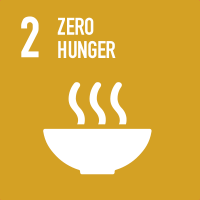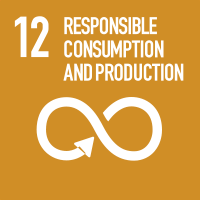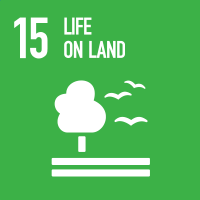Studying at the University of Verona
Here you can find information on the organisational aspects of the Programme, lecture timetables, learning activities and useful contact details for your time at the University, from enrolment to graduation.
Study Plan
This information is intended exclusively for students already enrolled in this course.If you are a new student interested in enrolling, you can find information about the course of study on the course page:
Laurea magistrale in Biotecnologie agro-alimentari - Enrollment from 2025/2026The Study Plan includes all modules, teaching and learning activities that each student will need to undertake during their time at the University.
Please select your Study Plan based on your enrollment year.
1° Year
| Modules | Credits | TAF | SSD |
|---|
2 modules among the following2° Year activated in the A.Y. 2024/2025
| Modules | Credits | TAF | SSD |
|---|
3 modules among the following| Modules | Credits | TAF | SSD |
|---|
2 modules among the following| Modules | Credits | TAF | SSD |
|---|
3 modules among the following| Modules | Credits | TAF | SSD |
|---|
Legend | Type of training activity (TTA)
TAF (Type of Educational Activity) All courses and activities are classified into different types of educational activities, indicated by a letter.
Plant molecular technologies (2024/2025)
Teaching code
4S008249
Credits
6
Language
Italian
Scientific Disciplinary Sector (SSD)
BIO/04 - PLANT PHYSIOLOGY
Courses Single
Authorized with reserve
The teaching is organized as follows:
teoria
laboratorio
Learning objectives
At the end of the course, the student will acquire the theoretical and practical basis for the design of various types of genetic constructs aimed at developing transgenic, cisgenic, and intragenic plants. In addition, genome editing tools will be covered. Attention will be paid to the application of these strategies for qualitative and quantitative crop improvement.
Prerequisites and basic notions
Basic knowledge of molecular biology and plant biotechnology are required.
Program
Hints on the molecular biology processes related to the regulation of gene expression; molecular mechanism of stable transformation via Agrobacterium: current knowledge of the process of T-DNA integration into the plant genome; transgene integration, stability, methylation and silencing; strategies to avoid transgene silencing; promoters used for genetic construct preparation (constitutive, spatiotemporal, inducible, synthetic); cis–trans engineering; multigene engineering; artificial miRNA and target mimicry; cisgenesis and intragenesis; cisgenic and intragenic genetic constructs; strategies to remove marker genes from transgenic plants; artificial programmable DNA nucleases (ZFNs and TALENs) and RNA-guided DNA nucleases for genome engineering; type II CRISPR-Cas9 mechanism of action; prime editing; single-base editing; sgRNA design; minimization of off-target activity; dead Cas9 and nickase Cas9: application of the CRISPR-Cas system beyond genome editing; (CRISPR)-based tissue-specific knockout system; genetic constructs for genome engineering using the CRISPR-Cas9 system, screening of mutants generated by CRISPR system.
Supplied educational material:
Power point lessons, relevant research articles and reviews.
Lab. experiences:
1) Expression analysis of a target micro RNA from different tomato organs/tissues by quantitative real time PCR;
2) Design by means of bioinformatics software of sgRNAs for editing a tomato target gene, design of the gene construct for stable transformation, analysis of sequences for identification of mutations in edited tomato plants (previously obtained) and evaluation of mutation effects on the target protein.
Didactic methods
Classes will be held in the presence in the classroom.
Video recordings of lectures will be provided for students who are in special situations of fragility due to disability conditions or learning disorders and for those who find themselves in situations of limited travel due to COVID.
Learning assessment procedures
The purpose of the exam is to ascertain the student's knowledge of the topics covered during the lessons and lab. experience. The exam will consist of an individual written test, containing 4 questions. The score for each question will be specified during the examination.
Evaluation criteria
The assessment will take into account the degree of deepness and relevance of the answers, the property of language and the critical capacity for analysis.
Criteria for the composition of the final grade
The final grade will be expressed in thirtieths. The examination method will be the same for attending and non-attending students.
Exam language
Italiano




